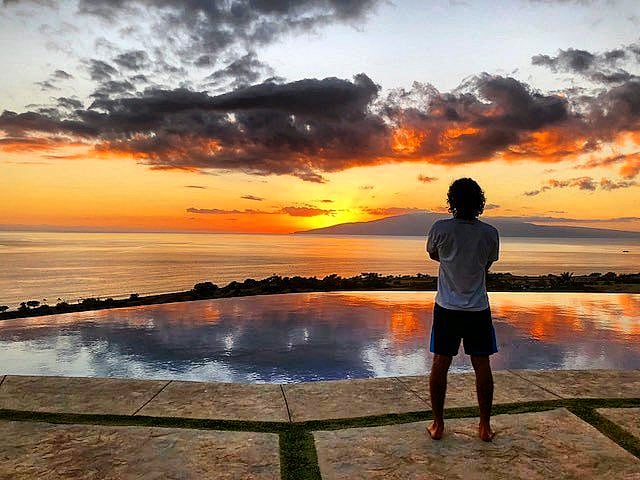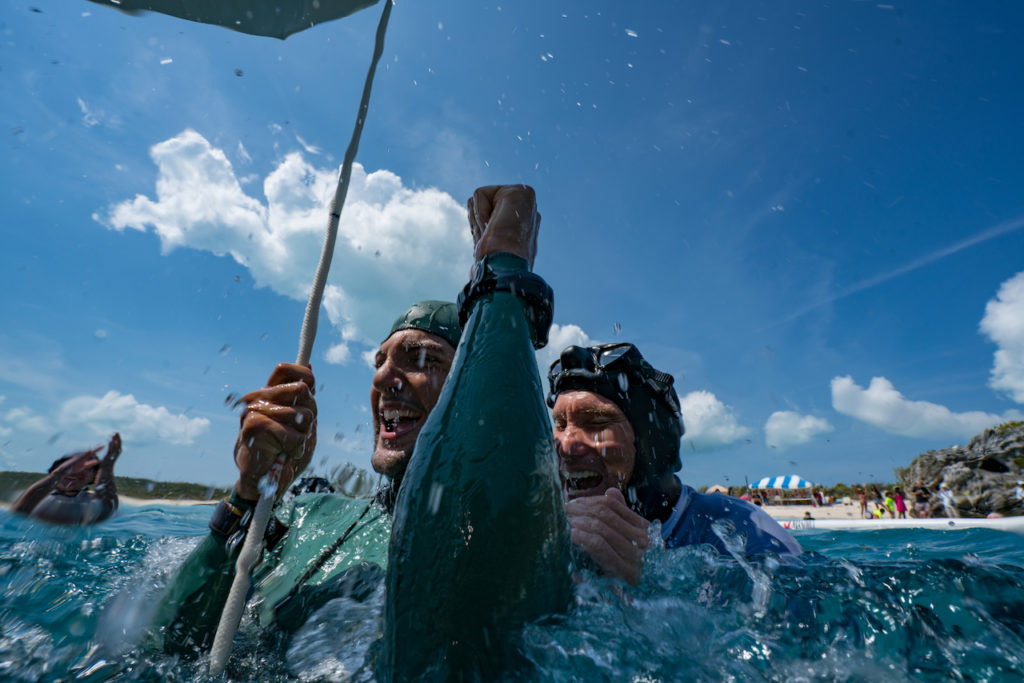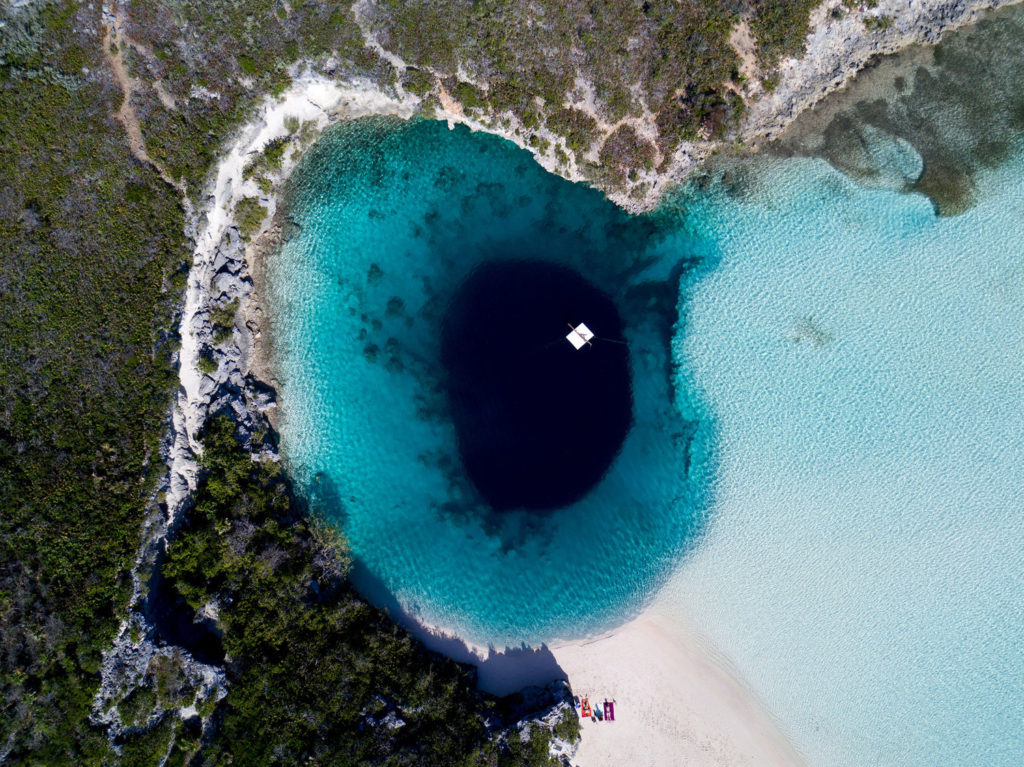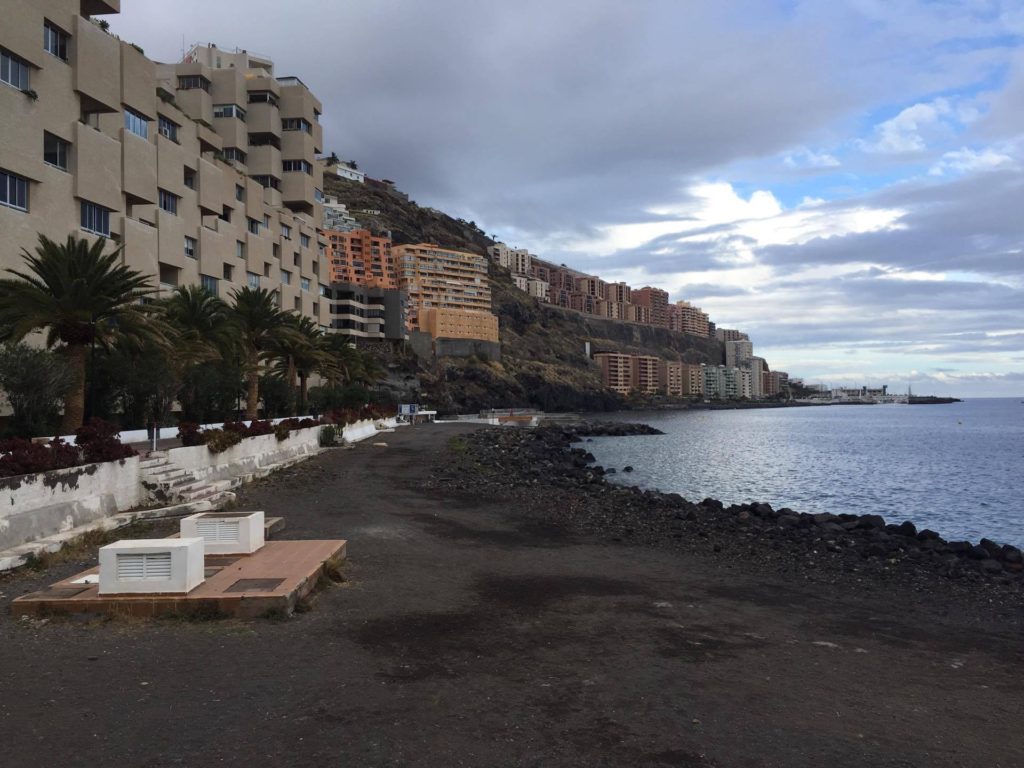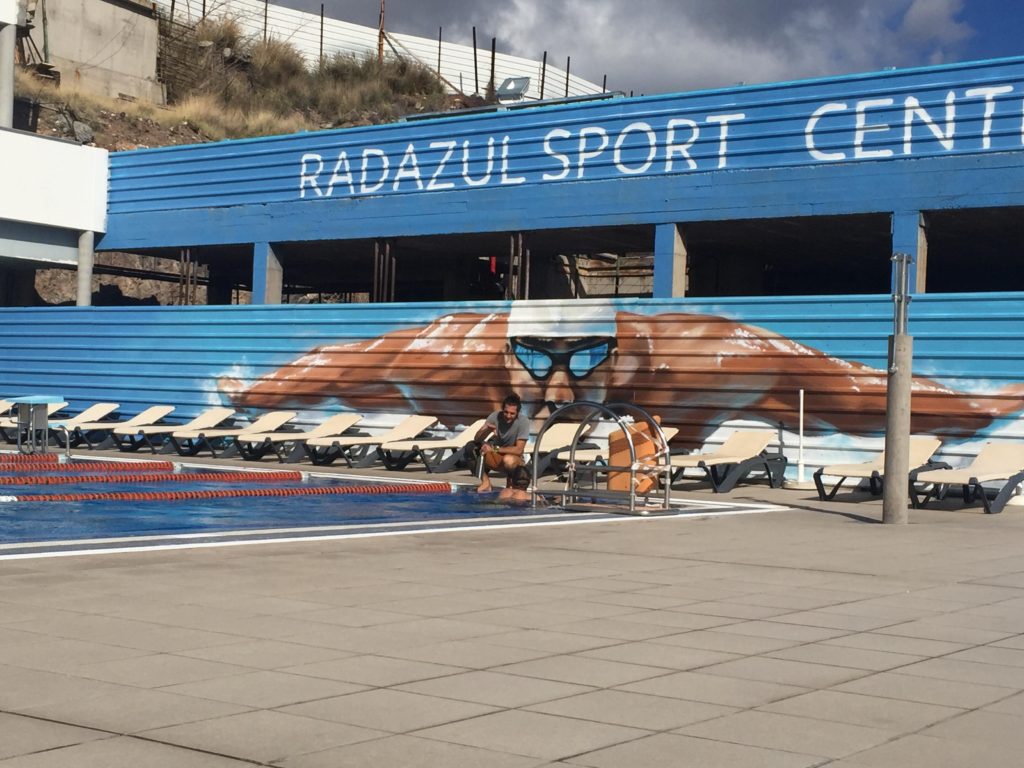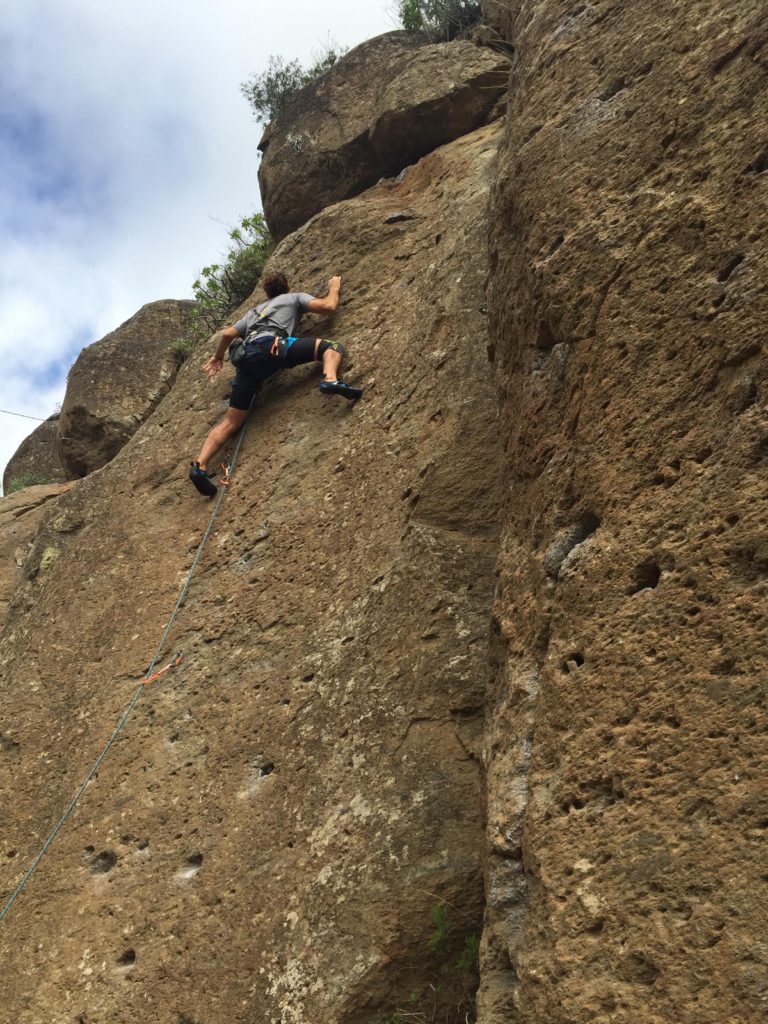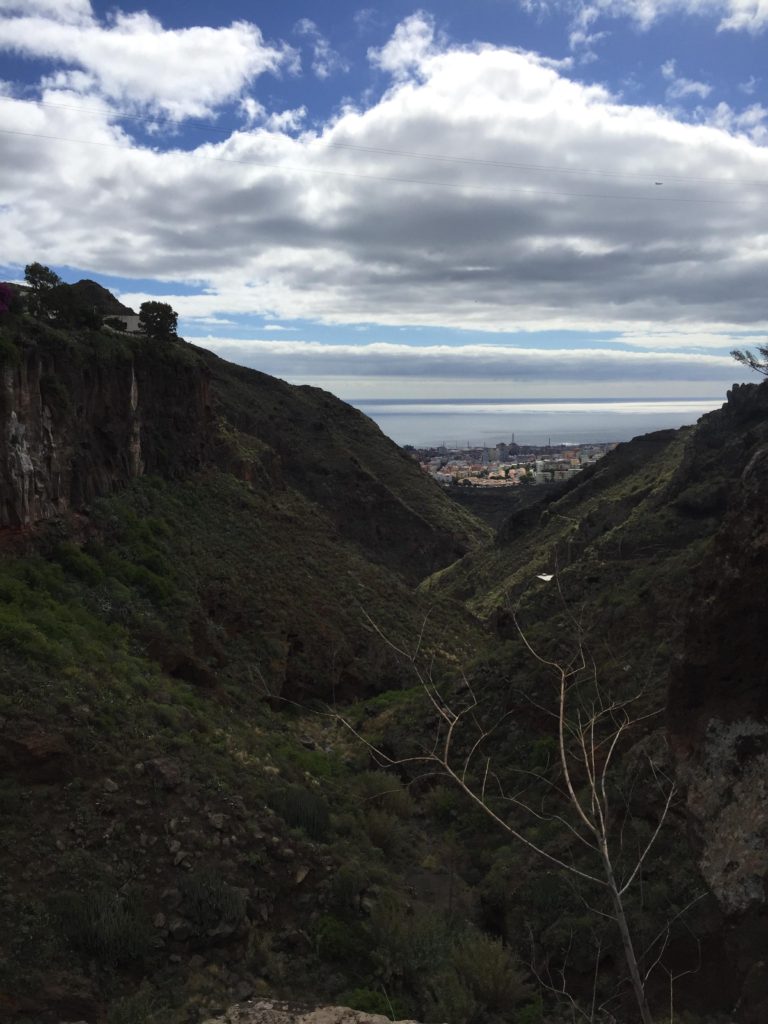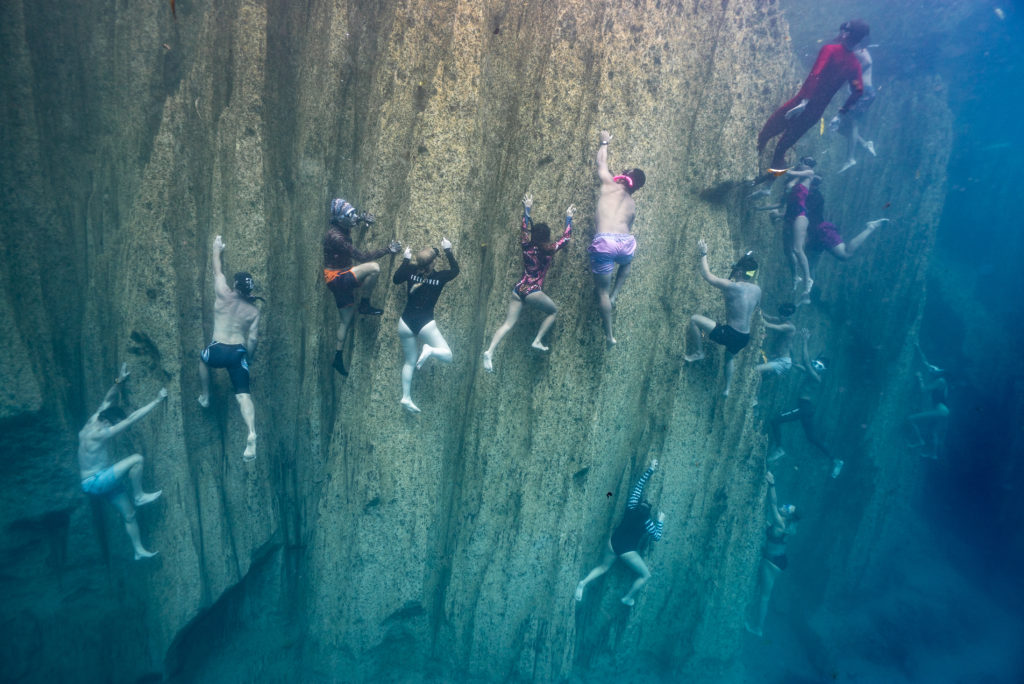For so many depth divers, our main limiting factor is adaption. It’s usually one of the last pieces of the jigsaw that falls into place. That and equalising of course, but we’ll save that for another blog. For now I’d like to share with you my journey from frequently squeezing on deep dives, to not even considering it a possibility. It was by no means a quick journey, and knowing what I now know could have made the process a little less frustrating. So hopefully by reading this, you might be able to find something that will be useful for your journey.
I began freediving back in 2012 with Freedive Gili. After my first course I quickly decided that it would be a big part of my life, and I needed no extra persuasion. After a few weeks of diving I was below 50m, after a few months I was reaching depths close to 70m, in a year I had managed to get to 80m. But in all honesty, I wish I hadn’t progressed so fast. After diving past 65m I began squeezing regularly, and in the long run this severely hindered my progress.
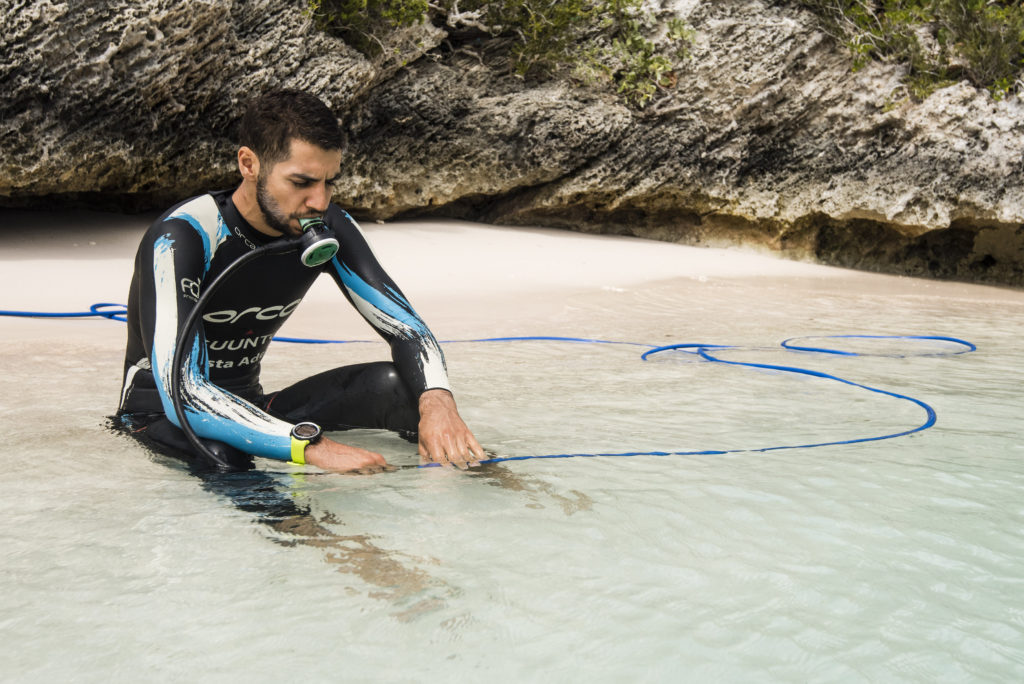
We’ll head back to when I began deep diving. Unlike some, I didn’t have a problem with equalizing, Frenzel was fairly straight forward, along with mouthfill too. I remember being able to maintain constant pressure one of the first attempts of trying a mouthfill during an FRC. I tinkered with a few things as I progressed deeper, but all in all until 90m I rarely failed a dive due to EQ. This was due to the fact I had a fantastic instructor, Michael Board, who broke down the mouthfill in a very concise, though easily digestible style. This created a sense that it was something everyone did with ease, so I went into it expecting that it should work. This I think, is one of the key building blocks of learning how to equalise successfully, but again I won’t delve too deep into this topic for now.
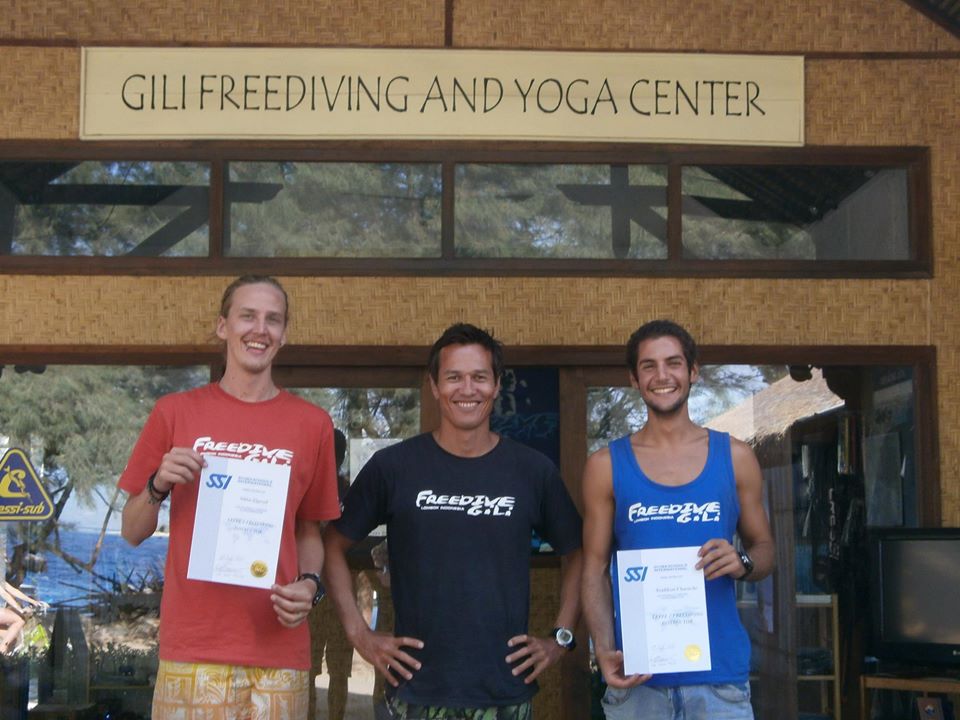
Progressing up to 67m was injury and incident-free, but on my first dive to 67m I felt a little strained immediately afterward, then after returning from the session, I saw the tiniest speck of blood. At the time I was instructing a lot, and so I couldn’t take a complete rest from diving, but I took 3 weeks off any of my own training. It was from this dive that planted the seed in my mind that perhaps I would, from this point, begin to see more injury. This in itself can cause unnecessary tension and potentially result in more injury. In my case, this was a small factor, it was mainly due to the lack of time spent adapting to depth, and predominantly the speed of my progression and lack sufficient relaxation.
While I was instructing at Freedive Gili, I had only small windows where I could head out for depth training, and at the time I wasn’t very knowledgeable when it came to training, therefore I wasn’t very efficient at maximising my training with the time I had. So it would always be a build-up process to my PB depth again, with deep diving only, and maybe reach a dive or two where I could attempt a PB, then back to teaching. Because of this, I decided it would be a good idea to head to Dahab for 3 and a half weeks of dedicated training so that I could have a solid run. Again to reiterate, I didn’t really know how to train at the time, I figured the best way to dive deep was to deep dive, so that was the general plan. In hindsight, I should have laid a more solid foundation in the pool, made more adaptation dives, built more strength and so on. These areas were where I could have spent time training on, even while I was instructing.
As you can imagine, after being restricted to the number of opportunities to dive deep, I went a little gung ho when arriving in Dahab. I expected myself to dive past 70 and into the 80s, those who met me on that trip will definitely attest to the wrong way of diving I adopted, a huge lesson. As soon as I started diving to 70m I began having small squeezes, they were very small, but they were injuries none the less. While I was having these injuries, I continued to dive deeper thinking it wasn’t a big deal. But what was also happening was the squeezes were compounding on top of each other, and then finally on my final dive to 82m I had a very bad squeeze and a big BO, thanks to my safety Max Lindqvist I was okay. But this was a huge wake-up call and really shook me out of my sense of urgency, this was indeed not the way to dive.
Up to this point, I thought the squeezes weren’t a big deal, bear in mind this was early 2013, just before Nick Mevoli and Vertical Blue that same year. I remember being told that “if you dive deep, you will probably get squeezed”, so this was just something I assumed was supposed to be accepted, wrong. I learnt this the hard way, but I learnt my lesson.
So after this trip, I headed back to continue teaching, but I didn’t really have the same gusto I had prior to the trip, I felt I needed to change everything with my diving and I also needed a break from freediving. September of that year I used the last of my visa to surf around Indonesia before I headed home for the first time in 4 years.
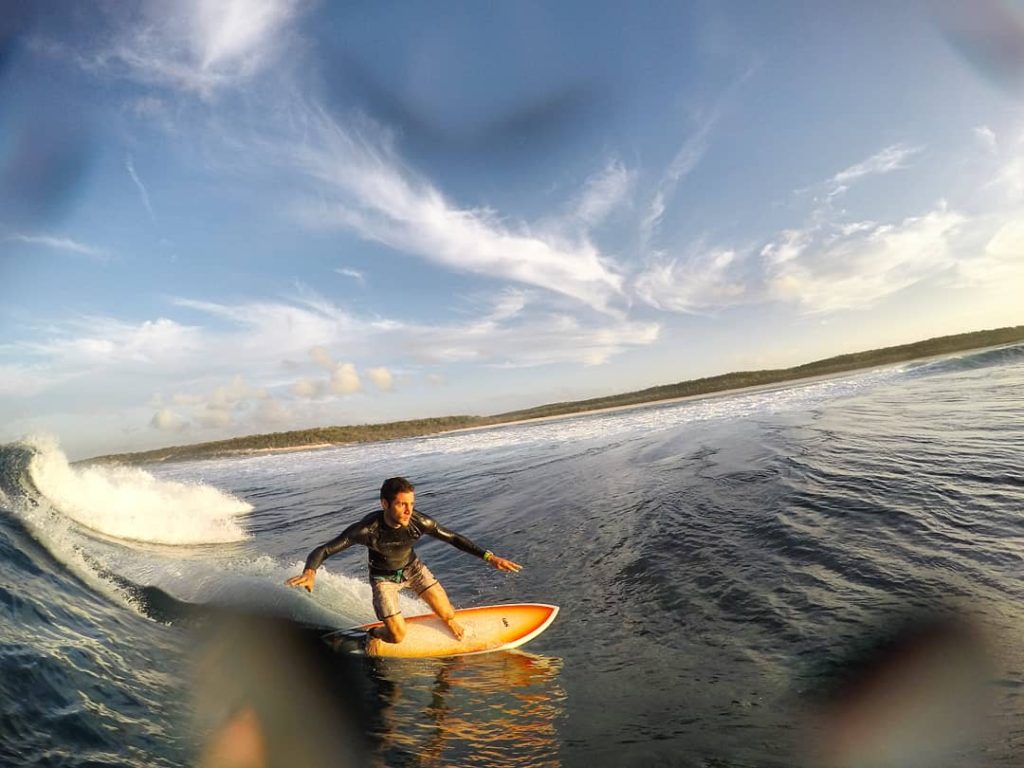
I then spent a winter season in the Alps working as a chalet driver and maintenance man. By the time I finished my season at the beginning of 2014 I was ready for my first year of actual training, Dahab was the destination once more, but this time I had a plan.
To be continued…
